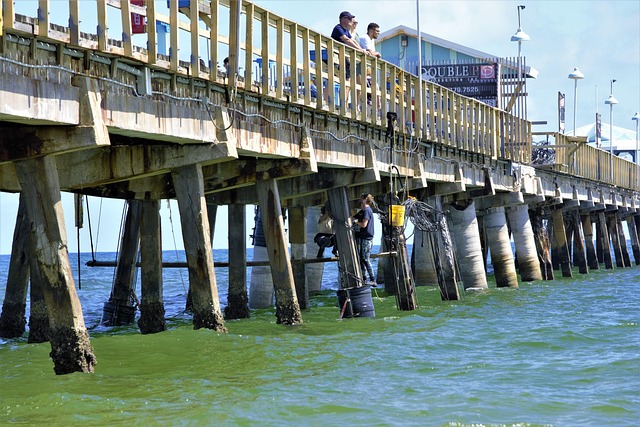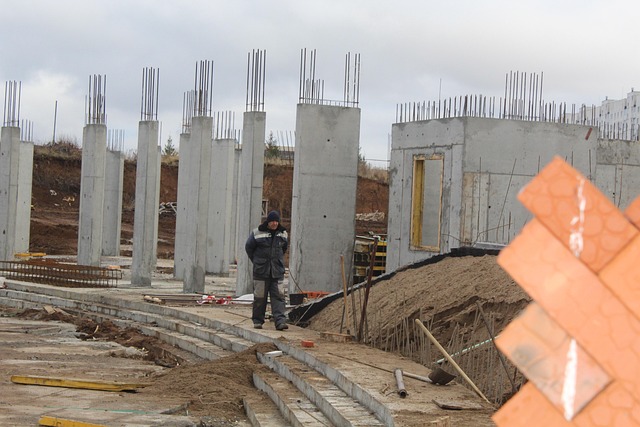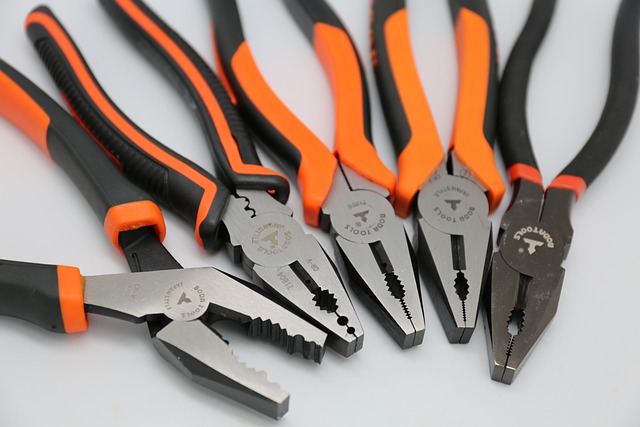Pier and beam foundations require regular maintenance to address issues like termite damage, settlement cracks, or water intrusion. Early signs of trouble, such as uneven floors, tilted walls, and foundation cracks, should prompt immediate action to prevent costly structural renovations. DIY repairs are suitable for minor problems, involving tools like a hammer, chisel, drill, and screwdrivers. However, complex issues may require professional Pier and Beam Foundation Repair services using advanced techniques like underpinning or helical pile driving. Regular inspections, proper drainage, and land clearing around the foundation contribute to long-term stability. Balancing structural integrity with budget considerations helps homeowners navigate the costs of major repairs effectively.
“Uncover affordable solutions for your pier and beam foundation repairs with this comprehensive guide. Understand the basics of these unique foundations, learn to recognize signs of damage, and explore cost factors influencing repair decisions. We demystify DIY vs professional options, offering a step-by-step approach for simple fixes and advanced techniques for complex issues. Discover long-term maintenance tips to prevent damage and find affordable solutions tailored to major repairs. Optimize your home’s stability with informed pier and beam foundation repair choices.”
Understanding Pier and Beam Foundations: A Basic Overview

Pier and beam foundations, also known as post-and-beam foundations, are a common structural system for homes, especially in areas with unstable soil or where landslides are a concern. This type of foundation consists of vertical support beams, often made of wood or concrete, that rest on pier supports, which in turn sit on the ground. The beam spans between these piers, providing support for the walls and roof. Understanding this basic structure is key when it comes to Pier and Beam Foundation Repair.
Over time, these foundations can develop issues due to factors like termite damage, settlement cracks, or water intrusion. Identifying these problems early is crucial, as quick action can prevent minor repairs from turning into major, costly renovations. Common signs include uneven floors, tilted walls, or visible gaps in the foundation. Regular inspections are recommended, especially for older homes, to catch any issues before they impact the structural integrity of the building.
Common Signs of Pier and Beam Damage

Many homeowners overlook the signs of pier and beam damage, assuming it’s an isolated issue or something that can wait. However, early detection is key to minimizing repair costs and preventing further structural deterioration. Common indicators include visible cracks in the foundation walls, uneven floors (buckling or warping), doors and windows that stick or don’t close properly, slanted or misaligned walls, and noticeable gaps between the floor and the ceiling.
These issues often result from settlement, shifting soil, or excessive moisture beneath the structure. Over time, the pressure on individual pier and beam components can lead to weakened connections and structural instability. Homeowners should also be mindful of any signs of wood rot, as this is a clear indication that water intrusion has occurred, compromising the integrity of the entire foundation system. Promptly addressing these red flags will ensure effective Pier and Beam Foundation Repair solutions.
The Cost Factors in Pier and Beam Repairs

Pier and beam foundation repairs can vary greatly in cost, depending on several factors. First, the extent of damage plays a significant role; whether it’s a minor crack or a severe structural issue, the repair complexity and materials required will influence pricing. Additionally, labor costs differ across regions, with metropolitan areas often having higher rates due to specialized workers’ wages. The type of material used for repairs is another consideration; concrete, steel beams, or alternative solutions each have varying price points.
Size and accessibility of the property also matter. Smaller homes might require less intensive work and fewer materials, making them more budget-friendly compared to larger structures. Moreover, remote or challenging access to the affected areas can increase labor costs due to the added complexity of the repair process.
DIY vs Professional Pier and Beam Repair: Which is Right for You?

When considering Pier and Beam Foundation Repair, one of the most significant decisions homeowners face is whether to tackle the job themselves (DIY) or hire a professional contractor. DIY repairs can be appealing due to their cost-effectiveness and the sense of accomplishment they provide. Many basic pier and beam issues can indeed be resolved with some know-how and the right tools. However, for more complex problems, professional intervention is often necessary.
Professional Pier and Beam Foundation Repair offers several advantages. Experts have the specialized equipment and in-depth knowledge to handle intricate repairs accurately and efficiently. They also ensure that the repair work complies with local building codes and safety standards. While DIY methods can be a temporary solution, professional services provide long-lasting fixes, preventing further damage and costly future repairs.
Step-by-Step Guide to Simple Pier and Beam Repairs

If you’re dealing with Pier and Beam Foundation Repair, taking a do-it-yourself approach can be a cost-effective solution for simple repairs. Before beginning, assess the extent of the damage. Common issues include broken or loose beams, rotting wood, or cracks in the pier base. Gather your tools: a hammer, chisel, drill, screwdrivers, and replacement parts like beams, planks, or bolts.
Start by removing any debris or loose material from around the piers. Next, secure the beam with temporary props if necessary. Drill pilot holes for screws where needed, then replace or repair damaged sections. Ensure all components are level before tightening screws securely. For critical structural elements, consider professional Pier and Beam Foundation Repair to avoid further damage.
Advanced Techniques for Complex Pier and Beam Foundation Issues

When it comes to complex pier and beam foundation issues, traditional repair methods may not be enough. That’s where advanced techniques come into play. Modern technology offers innovative solutions like underpinning, which involves installing new supports beneath the existing structure to stabilize it. This method is particularly useful for severe settlement or misalignment problems.
Another cutting-edge approach is steel beam replacement, wherein damaged or decayed wooden beams are substituted with durable steel alternatives. This not only enhances structural integrity but also prevents further deterioration. Additionally, helical pile driving is employed to install stainless steel helical piles, which can be used to raise and stabilize structures that have sunk or settled unevenly. These advanced techniques ensure precise and effective Pier and Beam Foundation Repair, restoring the stability and longevity of your property.
Long-Term Maintenance Tips to Prevent Pier and Beam Damage

Regular inspection is key to preventing long-term damage to pier and beam foundations. Homeowners should periodically check for any signs of shifting, cracks in the foundation, or water damage. Addressing these issues early can prevent more severe problems down the line that may require costly Pier and Beam Foundation Repair.
Implementing proper drainage around your home is also crucial. Ensure rainwater is directed away from your foundation to avoid moisture-related issues. Regularly trimming nearby trees and shrubs keeps them from growing too close, which can put pressure on the foundation walls. Additionally, maintaining a clear space under the beams and piers allows for easy inspection and potential repairs before they become more significant structural concerns.
Finding Affordable Solutions for Major Pier and Beam Repairs

When it comes to major pier and beam foundation repairs, finding affordable solutions is a priority for many homeowners. The cost of such repairs can be substantial, but there are ways to navigate this expense while ensuring your home’s structural integrity. One strategy is to consult with multiple contractors to gather quotes and compare prices. This process allows you to identify competitive rates without compromising the quality of the work.
Additionally, exploring DIY options or partnering with specialized repair services that offer cost-effective solutions can be beneficial. Many companies now provide budget-friendly packages tailored for common pier and beam issues. By staying informed about these alternatives, homeowners can make educated decisions, choosing repairs that balance affordability with long-term stability, thus preserving the value of their properties in the process.
